Health Screening
Thyroid Health Indicator
Thyroid stimulating hormone (also known as thyrotropin, thyrotropic hormone, TSH, or hTSH for human TSH) is a pituitary hormone that stimulates the thyroid gland to produce thyroxine (T4 ), and then triiodothyronine (T3 ) which stimulates the metabolism of almost every tissue in the body.
It is a glycoprotein hormone synthesised and secreted by thyrotropic cells in the anterior pituitary gland, which regulates the endocrine function of the thyroid.
TSH (with a half-life of about an hour) stimulates the thyroid gland to secrete the hormone thyroxine (T4), which has only a slight effect on metabolism. T4 is converted to triiodothyronine (T3), which is the active hormone that stimulates metabolism. About 80% of this conversion is in the liver and other organs, and 20% in the thyroid itself. Testing of thyroid stimulating hormone (TSH) levels in the blood is considered the best initial test for hypothyroidism.
The Thyroid TSH Rapid Test is a simple test that utilises a combination of monoclonal antibodies to selectively detect elevated levels of TSH in whole blood.
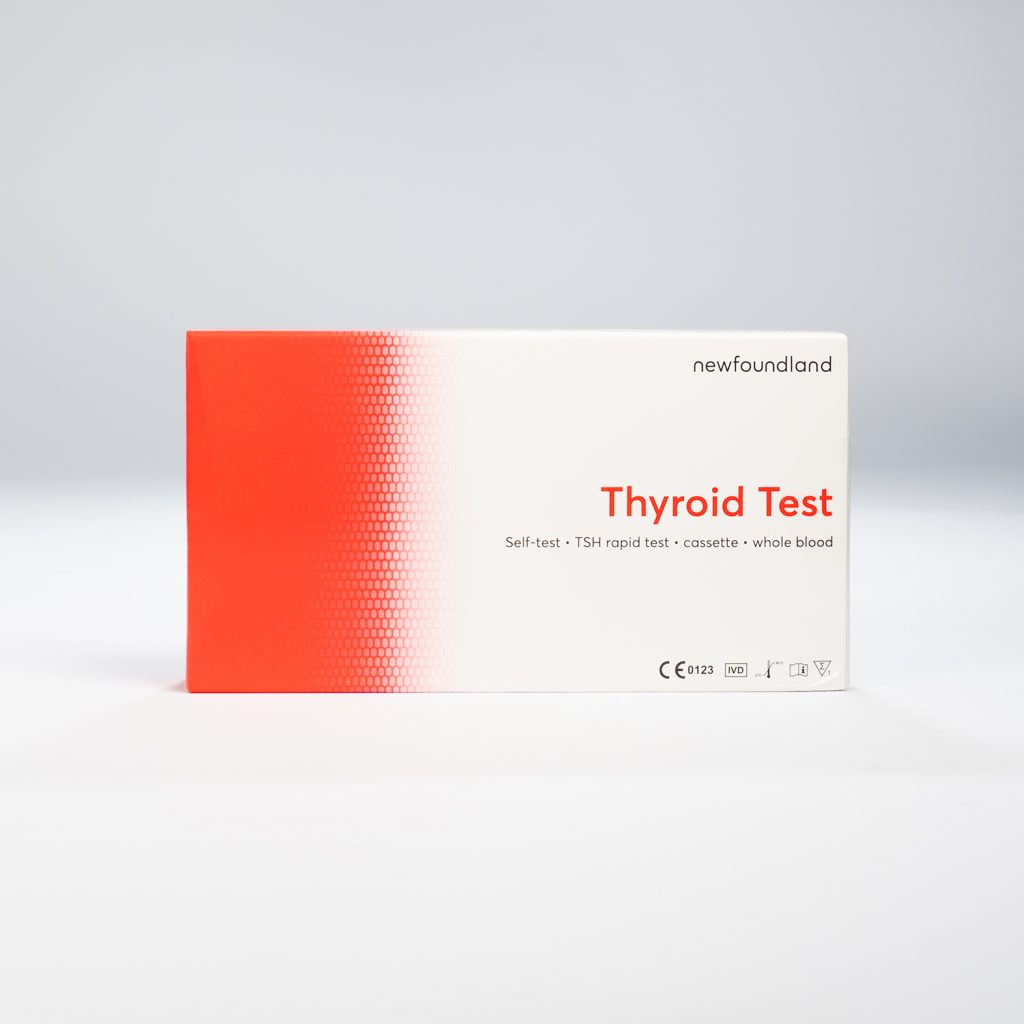

Vitamin D Indicator
The Vitamin D rapid test is a rapid chromatographic immunoassay for the semi-quantitative detection of 25-hydroxyvitamin D (25 (OH) D) in human fingerstick whole blood For self-testing in vitro diagnostic use. This assay provides a preliminary diagnostic test result and can be used to screen for Vitamin D deficiency.
Vitamin D refers to a group of fat-soluble secosteroids responsible for increasing intestinal absorption of calcium, iron, magnesium, phosphate and zinc. In humans, the most important compounds in this group are vitamin D3 and vitamin D2
Vitamin D3 is naturally produced in the human skin through the exposure to ultraviolet light and Vitamin D2 is mainly obtained from foods. Vitamin D is transported to the liver where it is metabolised to 25-hydroxy Vitamin D. In medicine, a 25-hydroxy Vitamin D blood test is used to determine Vitamin D concentration in the body. The blood concentration of 25-hydroxy Vitamin D (including D2 and D3) is considered the best indicator of Vitamin D status. Vitamin D deficiency is now recognised as a global epidemic.
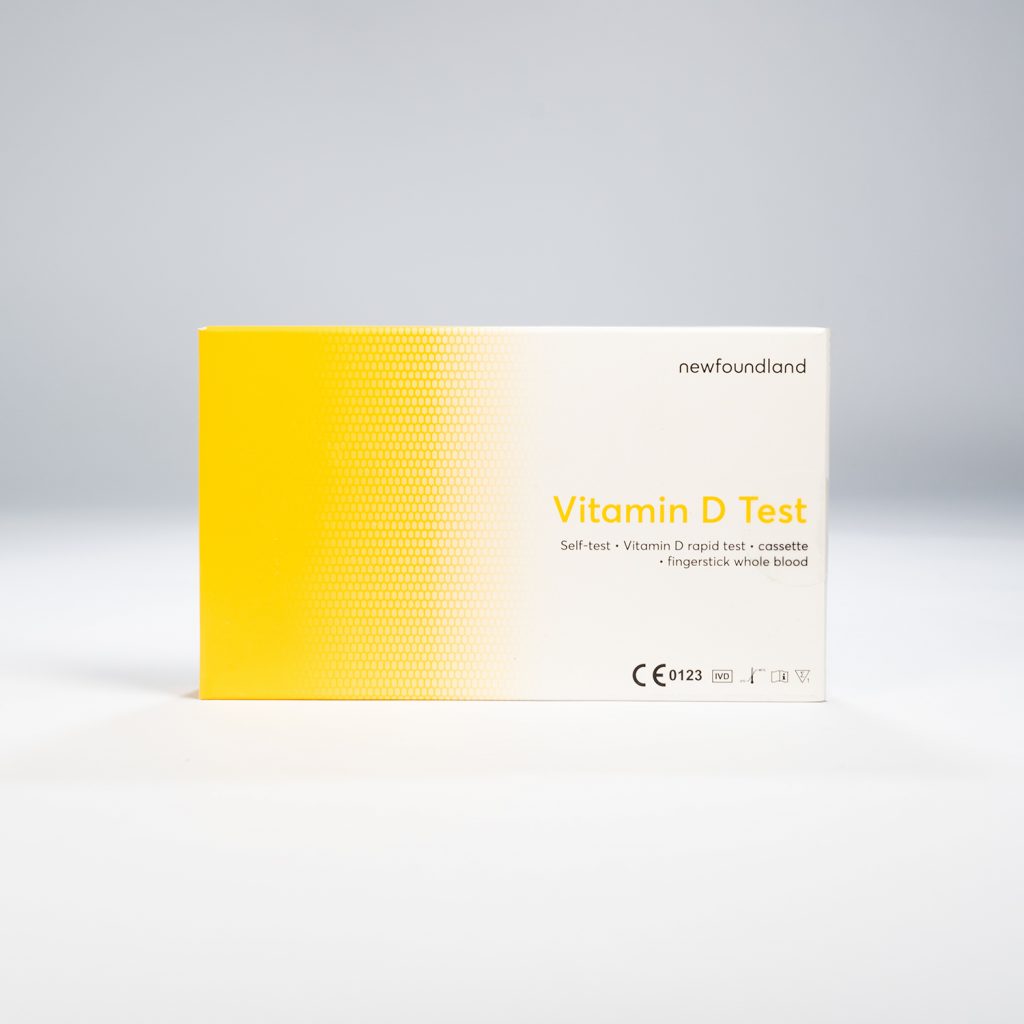

Prostate Health Indicator
The Prostate Health Test (PSA qualitative rapid test) is the most valuable tool available for the diagnosis of early prostate cancer. Many studies have confirmed that the presence of PSA is the most useful and meaningful tumour marker known for prostate cancer and prostate infection of benign prostatic hyperplasia (BPH).4 The Prostate Health Test (PSA qualitative rapid test) utilises a combination of colloidal gold conjugate and anti-PSA antibodies to selectively detect total PSA in whole blood, serum or plasma.
The Prostate Health Test (PSA qualitative rapid test) is a qualitative membrane based immunoassay for the detection of PSA in whole blood, serum or plasma. The membrane is pre-coated with PSA antibodies on the test line region. During testing, the specimen reacts with the particle coated with anti-PSA antibody. The mixture migrates upward on the membrane chromatographically by capillary action to react with anti-PSA antibodies on the membrane and generate a coloured line. To serve as a procedural control, a coloured line will always appear in the control line region (C) indicating that proper volume of specimen has been added and membrane wicking has occurred
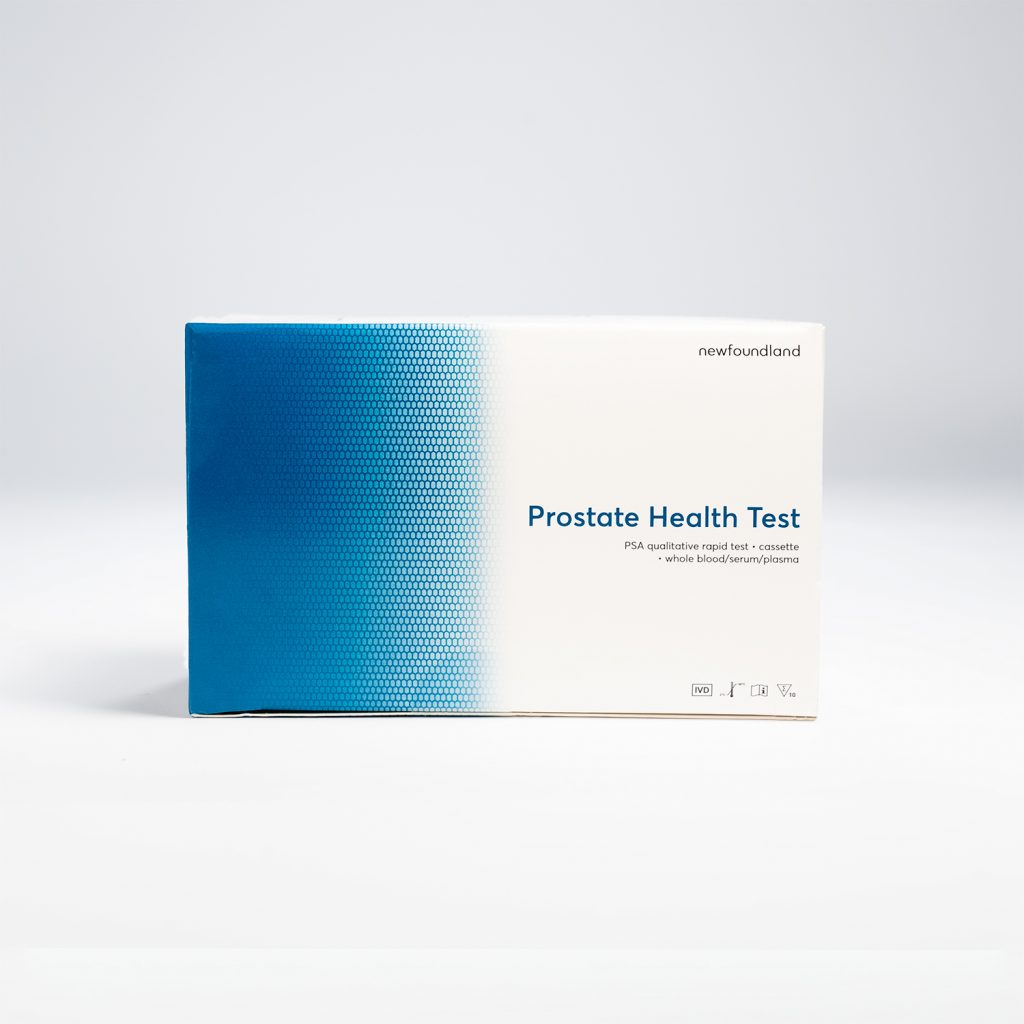

Iron Deficiency Indicator
Anaemia due to iron depletion is widely held in children and women of all ages but mainly in women who still have their periods (at least 20% suffer from iron deficiency). The main symptoms are paleness, feeling tired, headaches, faster heartbeat, or shortness of breath during exercise. They may appear gradually and could go unnoticed. Iron deficiency occurs when blood does not contain enough red blood cells and thus low levels of haemoglobin, which is the major protein involved in carrying oxygen to your body’s organs and tissues and transporting carbon dioxide from your organs and tissues back to your lungs. An important component of haemoglobin is iron. Depletion of iron, which can happen during pregnancy, growth, in case of insufficient iron intake, inadequate absorption or blood loss (period, abnormal bleedings, ulcers, etc.) has tremendous effects on health. Low ferritin may also indicate hypothyroidism, vitamin C deficiency or celiac disease. Low ferritin levels are seen in some patients with restless legs syndrome, not necessarily related to anaemia, but perhaps due to low iron stores short of anaemia.
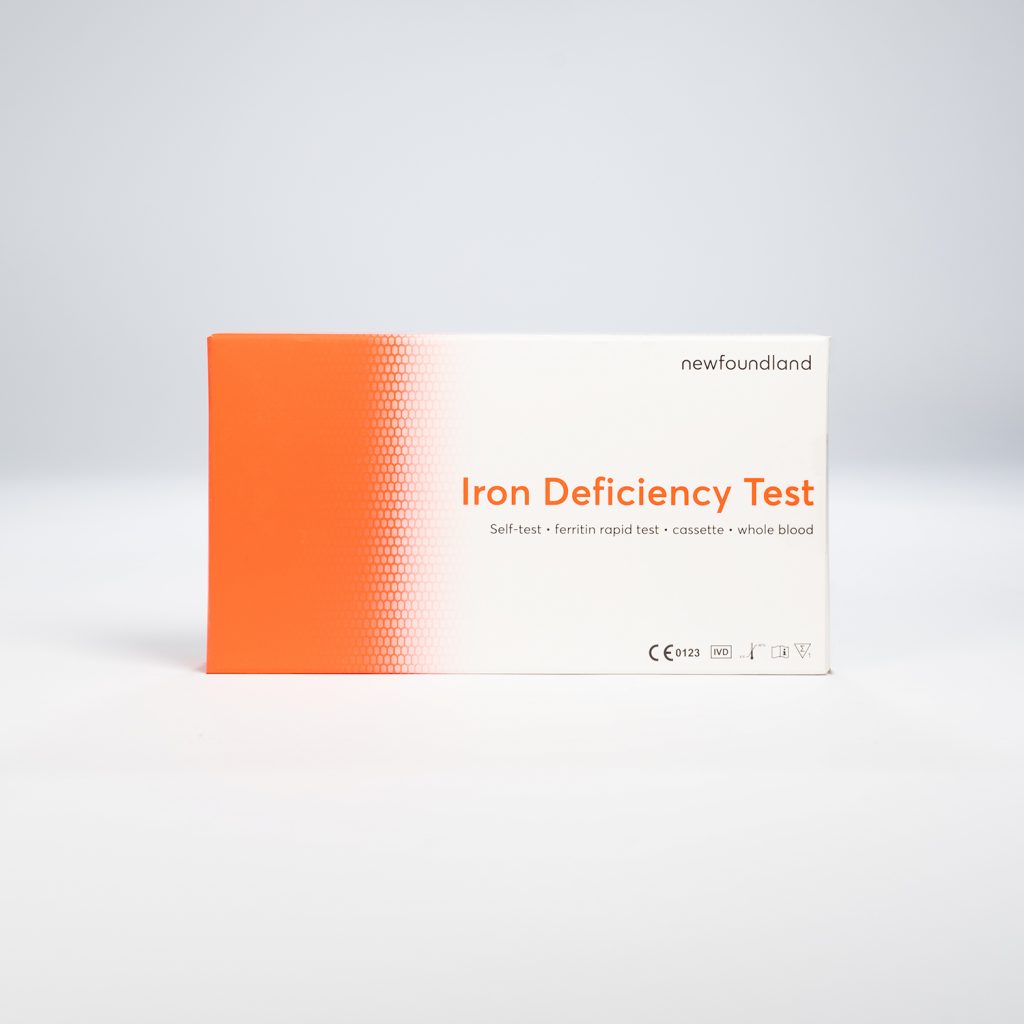

Influenza Indicator
The Influenza Test, (Influenza A+B rapid test) is a rapid chromatographic immunoassay for the qualitative detection of influenza A and B antigens in nasopharyngeal swab, throat swab or nasal aspirate specimens. It is intended to aid in the rapid differential diagnosis of influenza A and B viral infections.
Influenza (commonly known as ‘flu’) is a highly contagious, acute viral infection of the respiratory tract. It is a communicable disease easily transmitted through the coughing and sneezing of aerosolised droplets containing live virus.1 Influenza outbreaks occur each year during the autumn months. Type A viruses are typically more prevalent than type B viruses and are associated with most serious influenza epidemics, while type B infections are usually milder. The gold standard of laboratory diagnosis is 14-day cell culture with one of a variety of cell lines that can support the growth of influenza virus.2 Cell culture has limited clinical utility, as results are obtained too late in the clinical course for effective patient intervention.
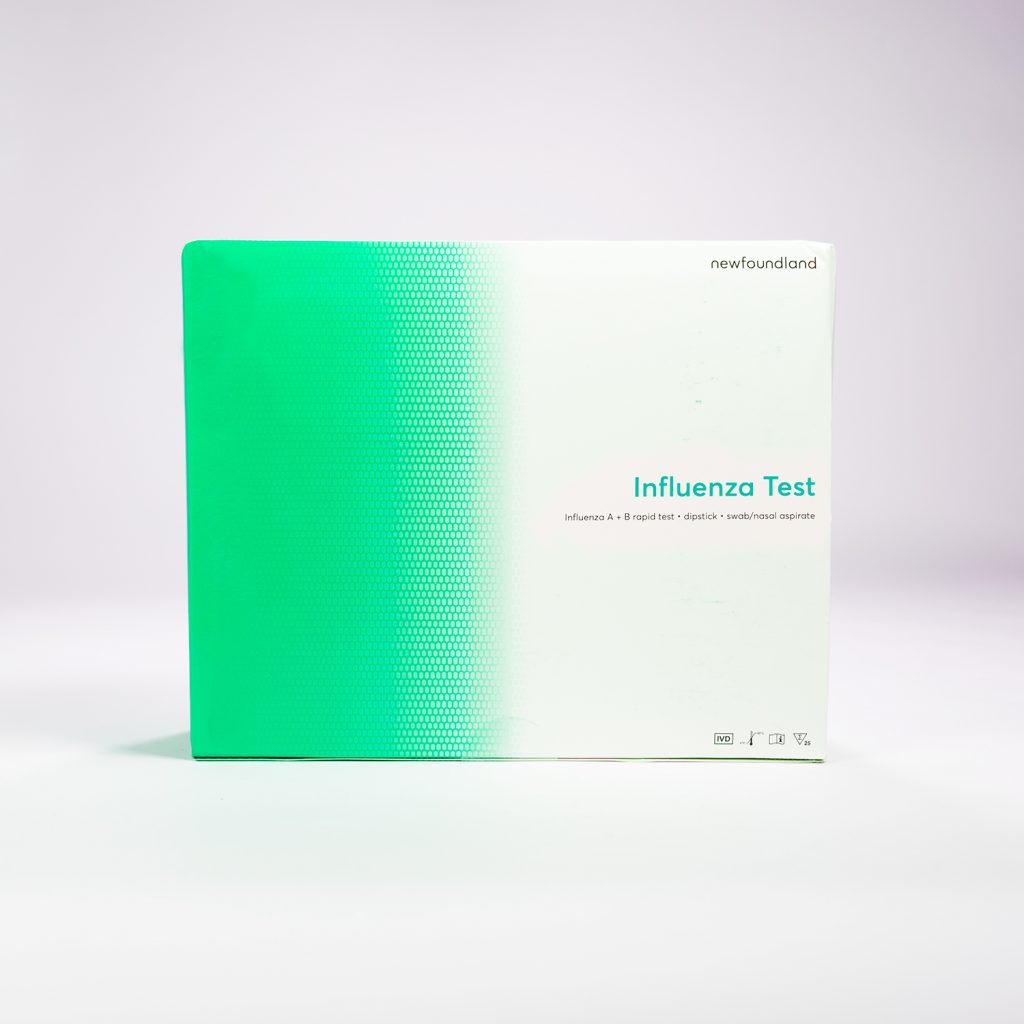

Malaria Indicator
Malaria is caused by a protozoan which invades human red blood cells. Malaria is one of the world’s most prevalent diseases. According to the WHO, the worldwide prevalence of the disease is estimated to be 300-500 million cases and over 1 million deaths each year. Most of these victims are infants, young children. Over half of the world’s population lives in Malaria prone areas. Microscopic analysis of appropriately stained thick and thin blood smears has been the standard diagnostic technique for identifying malaria infections for more than a century. Here at DAM Health the Malaria P.f./P.v./Pan rapid test is a rapid test to qualitatively detect the presence of P. falciparum – specific HRP-II, P. vivax (P.v.) and four kinds of circulating plasmodium falciparum (P.f.), P. vivax (P.v.), P. ovale (P.o.), and P. malariae (P.m.). The test utilises colloid gold conjugate to selectively detect P.f-specific, P. vivax (P.v.) and Pan-malarial antigens (P.f., P.v., P.o. and P.m.) in whole blood with a result in 10 minutes.

